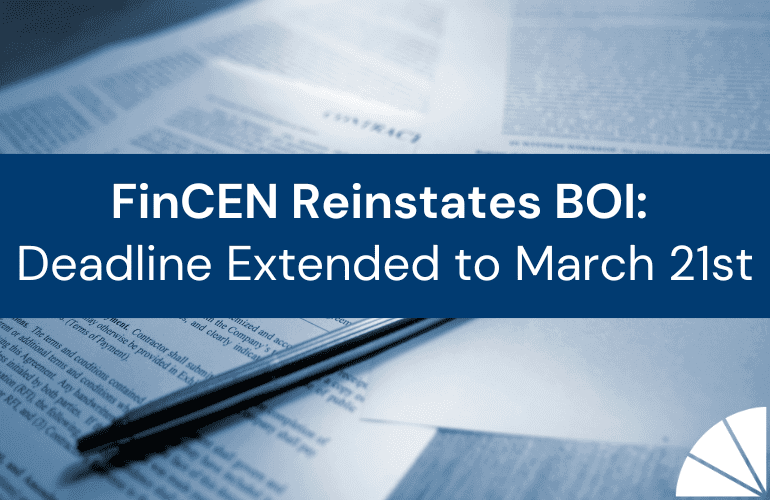
The Consolidated Appropriations Act, 2021, signed into law on December 27, 2020, provided some much anticipated guidance and relief for so many Americans and businesses who have been negatively economically impacted by the COVID pandemic. First, once and for all, Congress made it clear that there would be NO federal taxes associated with the forgiveness of PPP loans. In addition, a second round of PPP loans was introduced for both first time PPP borrowers as well as those who could demonstrate a need for a second loan. Monies were carved out for other significantly impacted segments of business and additional stimulus payments were approved for qualified individuals.
Oh, and quietly embedded in all of this legislation were some revisions to and extensions of the Employee Retention Credit (ERC), first introduced as part of the CARES Act passed in March 2020. Without a doubt, for most businesses, the PPP loan overshadowed the ERC the first go around. For starters, if a business applied for and received a PPP loan, they were automatically prohibited from qualifying for the ERC. So given the relative economics, most businesses opted for the PPP. However, the rules of the game have changed, both prospectively as well as retroactively.
The Consolidated Appropriations Act, 2021, repealed the exclusion from participation in both the PPP and ERC. While you can’t double dip, such as pay for your employees using forgivable PPP funds and then also take the ERC for those same wages, you can claim the ERC for wages paid after the exhaustion of the PPP funds, and you can do so for 2020 wages, as well as for Q1 and Q2 of 2021. This could be a potentially SIGNIFICANT opportunity for original PPP participants who have not been following this new change. And the periods that you choose to use when determining your covered period when applying for PPP loan forgiveness will significantly impact your eligibility for these credits.
In the simplest terms, the maximum amount an employer can receive as an ERC is $5,000 per retained employee for all of 2020 and $14,000 per retained employee for the first two quarters of 2021 ($7,000 per employee per quarter). And for those businesses that may not qualify for the second round of PPP loans, this credit for 2021 may still be an option to seek relief if your business has suffered losses to revenue. Unfortunately, the rules and guidance to maximize your credit are not straightforward and require some careful analysis. But with some prudent planning before applying for PPP loan forgiveness on the first round of PPP, and with a sharp focus on the requirements for eligibility for the ERC in 2021, this overshadowed provision of the Consolidated Appropriations Act, 2021, could be the MVP for many businesses in 2021.
If you would like to explore your eligibility for the ERC for 2020 or 2021, and would like to learn more about this credit and it’s interaction with PPP loan forgiveness, please reach out to LGA’s COVID Relief Advisory Team to setup a consultation.





